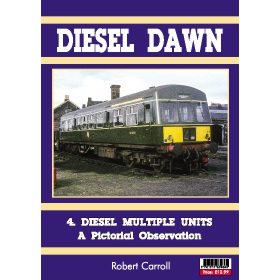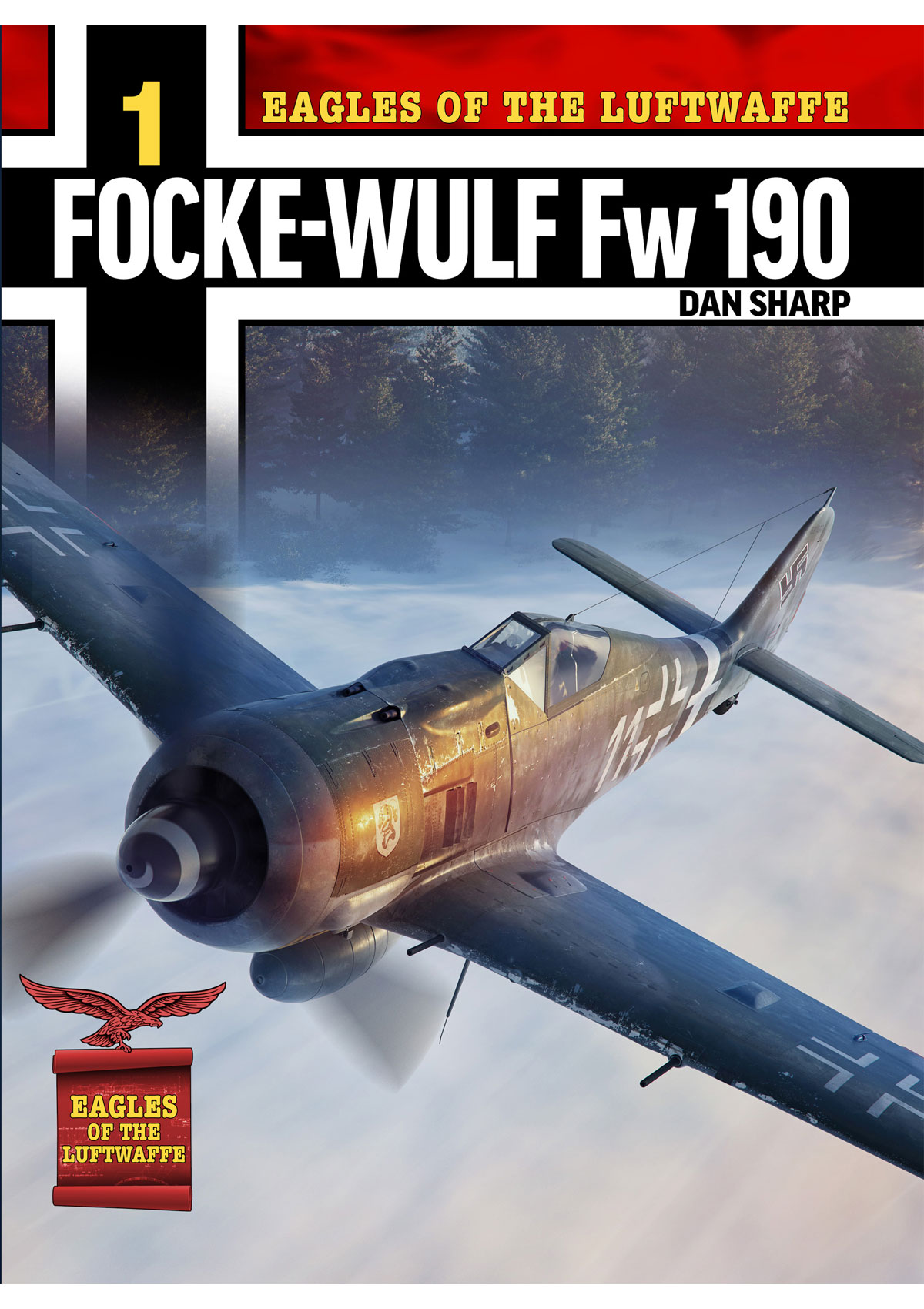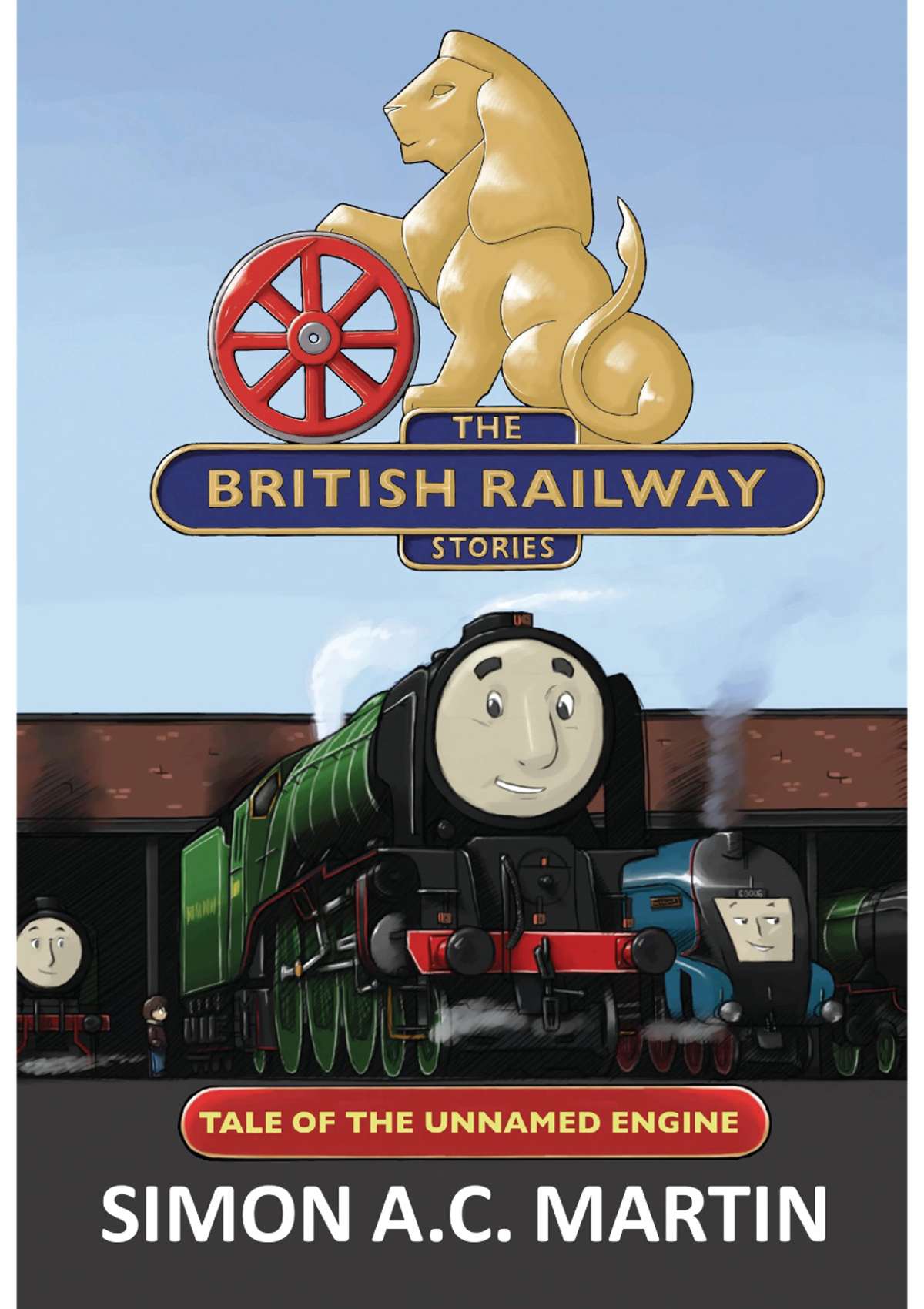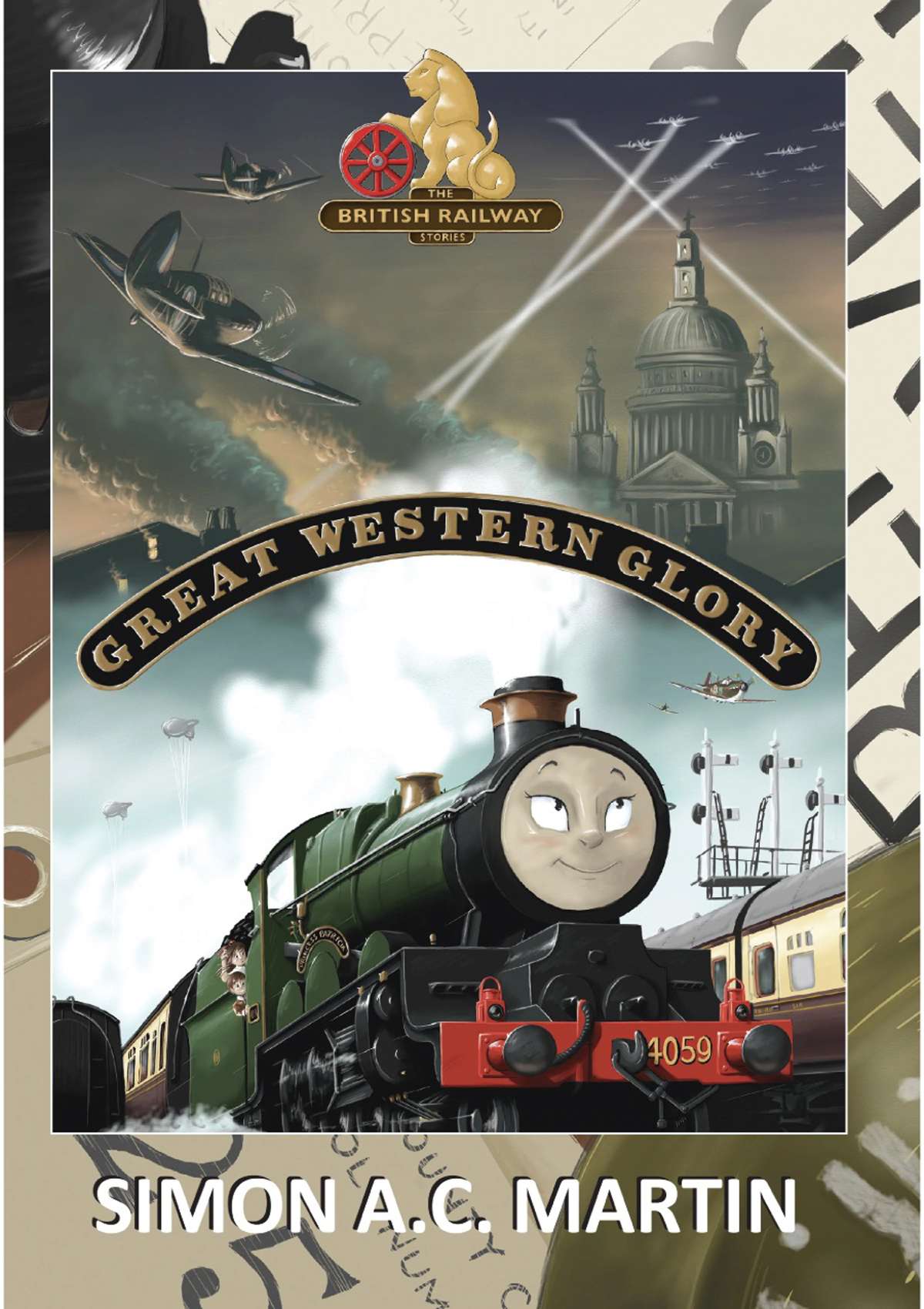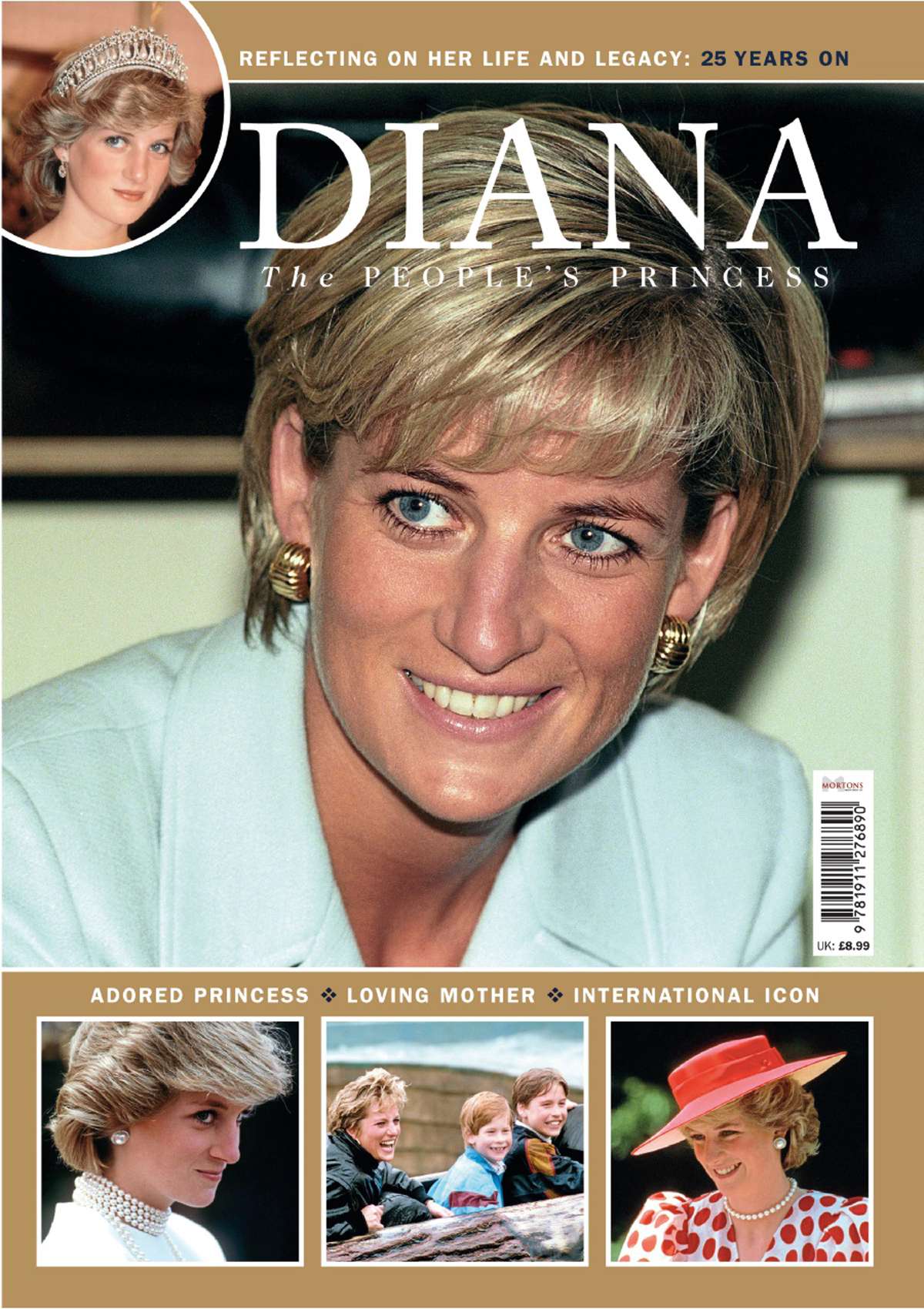First Generation DMUs - A Pictorial Observation
This account is intended to give an overview of the types of first-generation Diesel Multiple Unit (DMU) trains and railbuses that could be seen on BR from the 1950s to the 1980s. Their widespread introduction across the country came to be one of the great pillars of the Modernisation of Britain's railways throughout the 1950s and 1960s. Put into service in a number of 'schemes' (each scheme covering part of the country) the new trains - bright, shiny and modern with wonderful panoramic views - replaced thousands of steam engines. For decades they dominated the railway passenger scene, becoming so commonplace as to go almost unnoticed as memories of steam faded.
The first generation Diesel Multiple Units were descended from the pioneering work of the Great Western Railway between the wars which, in conjunction with the firm AEC, introduced a fleet of railcars. The first BR DMUs had entered service in 1954 and took the operating scene by storm. Their rapid construction and deployment was driven by an attempt not only to modernise but to reduce operating costs.
Outside contractors, as well as BR’s own works at Derby and Swindon, were heavily involved in building DMUs, often being given a degree of freedom in their design and appearance. This led to a proliferation of types, including some that proved unreliable or difficult to maintain. It all added to the fascination of these new trains.
In addition to branch line and secondary workings, DMUs found themselves employed on intensively-worked suburban routes that were not electrified, such as those from King’s Cross, Paddington and St Pancras in London, around Birmingham and in the South Wales Valleys, as well as on some Inter-City routes such as between Edinburgh and Glasgow and across the Pennines.

